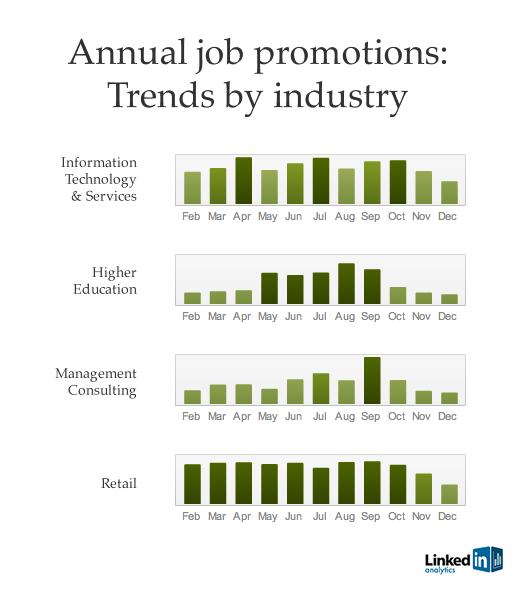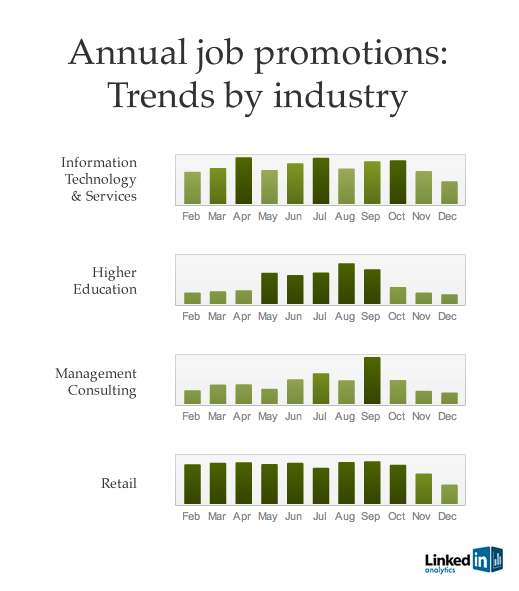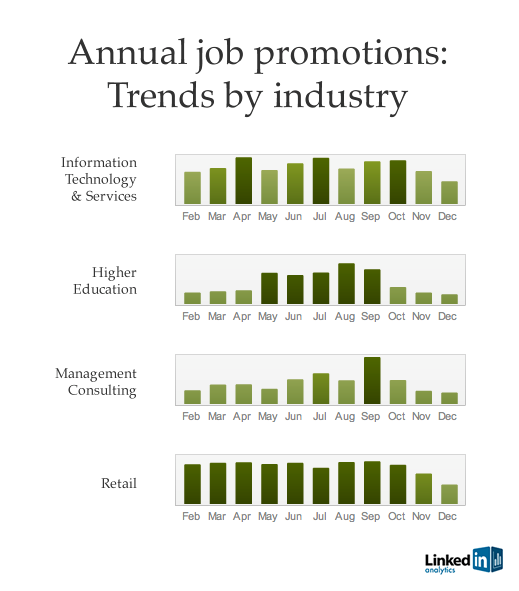
We are a population hungry for online video, that’s clear. The global online video community is predicted to exceed 1 billion users by 2014, according to Cisco. By then, it would take more than two years to watch the amount of video that will cross global IP networks every second; to watch all of the video crossing the network that year would take 72 million years.
The surge in demand and volume of online video traffic typically requires online video platform (OVP) providers and users to upgrade their current facilities, network, infrastructure and data center environments at steep costs. One way to step around these costs are “colocation data centers,” which provide a cost-efficient way for OVPs and their customers to house data in a scalable infrastructure.
We caught up with Jonathan Wood, Head of Digital Media at Interxion, a colocation provider that also provides in-house digital media communities that link OVPs with other digital media customers under the same roof. This enables more effective content aggregation, exchange, storage, management and distribution. To find out how OVPs and their customers can decrease their data center environment costs amid the increasing volume of online video streaming, read on.

CBM: What is Interxion, and for that matter, what is a colocation data center?
Jonathan Wood: Interxion is a leading provider of carrier-neutral colocation data center services. Simply put, a colocated data center is a shared data center, providing businesses with the advantages of large facilities, but with a lower total cost of ownership (TCO) and the added benefits of new business opportunities.
With 28 data centers in 11 European countries, we have the broadest geographical reach of any data center operator in Europe. Its uniformly-designed, energy-efficient data centers offer customers extensive security and uptime for their mission-critical applications. With connectivity provided by more than 350 carriers, ISPs and CDNs, and 20 European Internet exchanges across its footprint, we have created content and connectivity hubs that foster growing customer communities in various industries. Our customers include enterprises, financial firms, and online media and retailers, amongst others.
CBM: How did you become head of Digital Media, and what does your job entail at Interxion?
JW: After working in digital media services and the wholesale telecom community for close to 20 years, I started consulting for Interxion, helping them develop a strategy for expanding into new sectors of the digital media ecosystem. After 18 months of consulting, I joined the company as a full-time employee.
At Interxion, I work with the various companies in the digital ecosphere – from CDNs, online gaming companies, Exchanges, gambling networks, and MMOG platforms; to video portals, social networking sites, post-production services and broadcasters – helping them to understand the value of colocation data centers and to think of these facilities not just as a data center but as a way to sell and optimize the distribution of content.
Companies in the digital ecosphere are confronted daily with new challenges, including:
- How do I scale my platform so I can deal with the growth in content and keep down costs?
- Similarly, how do I manage network growth costs, as well as the costs of network connectivity?
- How do I ensure I’m always delivering content in the highest quality at the right level of performance to ensure the highest user experience to keep up with the competition?
I help them address those challenges by introducing them to the benefits of colocation, and specifically, colocating within Interxion’s Digital Content Hubs, which I explain in more detail below.
CBM: Can you give a few examples of (OVP) providers that have had to up their data servers and have done so in a costly way?
 JW: This is an interesting question. OVPs are a key target segment for Interxion and our colocated facilities because they play such a centralized role in the digital media value chain. They aggregate, store, monetize content and then make it available in the best way for distribution over the Internet. Because of the amount of data that’s consistently flowing through OVPs and their critical role in the chain, they are a valued magnet customer for colocation facilities. As a result, when OVPs host in a colocation environment, particularly a carrier neutral one like Interxion, even if the amount of data supported by the platform increases, the shared and community environment in the facility helps them to keep their costs low.
JW: This is an interesting question. OVPs are a key target segment for Interxion and our colocated facilities because they play such a centralized role in the digital media value chain. They aggregate, store, monetize content and then make it available in the best way for distribution over the Internet. Because of the amount of data that’s consistently flowing through OVPs and their critical role in the chain, they are a valued magnet customer for colocation facilities. As a result, when OVPs host in a colocation environment, particularly a carrier neutral one like Interxion, even if the amount of data supported by the platform increases, the shared and community environment in the facility helps them to keep their costs low.
CBM: How are you solving this problem?
JW: As the pressure mounts to supply and meet the demand for compelling digital content across a wide array of mediums, such as TVs, computers, mobile, gaming consoles and tablets, there’s been a rush by content owners and distributors to capitalize on this opportunity. Interxion is solving this with its digital media communities – or Content Hubs, which help digital companies manage this increase in consumption, while maintaining the highest level of content availability and performance that consumers demand.
These Content Hubs are located within our data centers and are where various companies within the digital ecosphere can interconnect with each other and gain instant access to effective content aggregation, repurposing, exchange, storage and management, all with excellent network proximity (lowest latency) to audiences and industry peers. Essentially, community members benefit from in-house access to other market participants, enabling them to easily interconnect with large and growing digital media businesses. Additionally, because the Content Hubs have such an extensive choice of content delivery networks, customers are able to easily optimize content distributions and performance, at the lowest possible costs.
CBM: What companies are you working with?
JW: We work with numerous companies in the digital economy across all of the sectors we outlined above, but one we can speak about publically is MindArk, the developers of the Entropia Universe – an expanding entity of interoperable 3D virtual worlds based on the proprietary Entropia Platform.

From a very high-level, we host MindArk’s IT infrastructure within our carrier neutral data centers, where we provide them with guaranteed availability, seamless scalability, security and dependable distribution for their assets. Because we offer customers access to more than 350 service providers and ISPs, such companies gain easy access to a broad range of content distribution options, enabling them to choose the one that best supports their service, so they can optimize their distribution performance while minimizing costs.
We recently had a company that provides real-time, voice communication move into our facility where MindArk is hosted. The company wanted MindArk players to have access to their voice communication service so decided to colocate in Interxion’s facility. By colocating in the same data center, the real-time voice communication company was able to deliver their service with extremely low latency, enabling them to ensure players had the highest-quality user experience.
CBM: When bandwidth speeds increase, how will this effect data servers?
JW: As bandwidth speeds increase, the speed to which servers process and distribute data will have to increase as well. Companies that can’t keep pace and support this influx in data and ensuing consumer demand will ultimately fail. This is where content hubs are a tremendous value, as they provide immediate access to a community of other companies in the digital economy, enabling each to interconnect for effective content aggregation, exchange, storage, management and distribution. This benefit is particularly important for live streaming, premium content and cloud gaming companies who are all focused on delivering enhancements in the user experience and ensuring 100 percent availability 24/7.
CBM: How should data be housed and served in an ideal world?
JW: We are probably a bit biased, but data should definitely be housed and served within these digital media communities like Interxion offers. These communities are the most efficient way to provide digital media companies – whether a CDN, online gaming company, gambling network, MMOG platform, video portal, social networking site, etc. – with a sustainable environment and necessary components for delivering highly-available online services and a quality user experience across any device.
Get the TNW newsletter
Get the most important tech news in your inbox each week.




